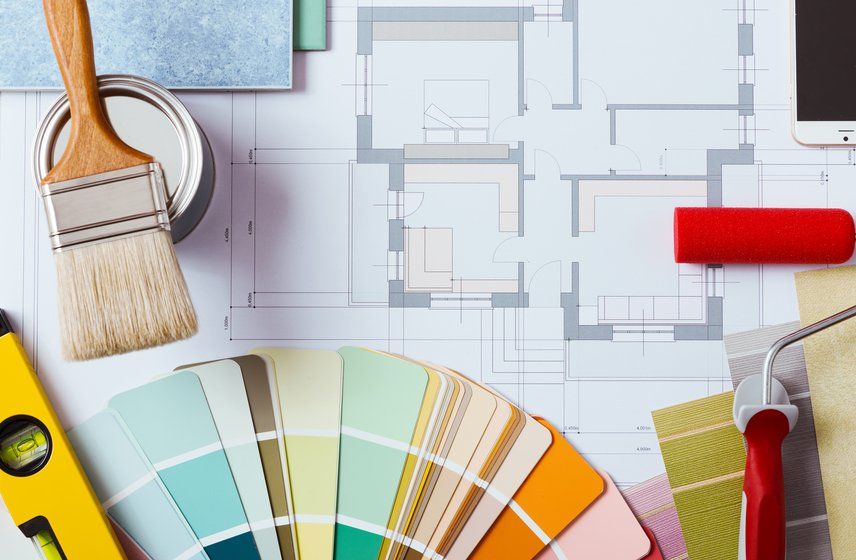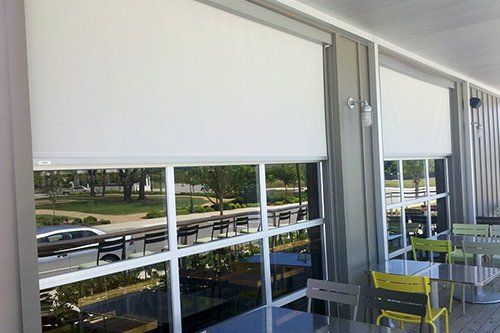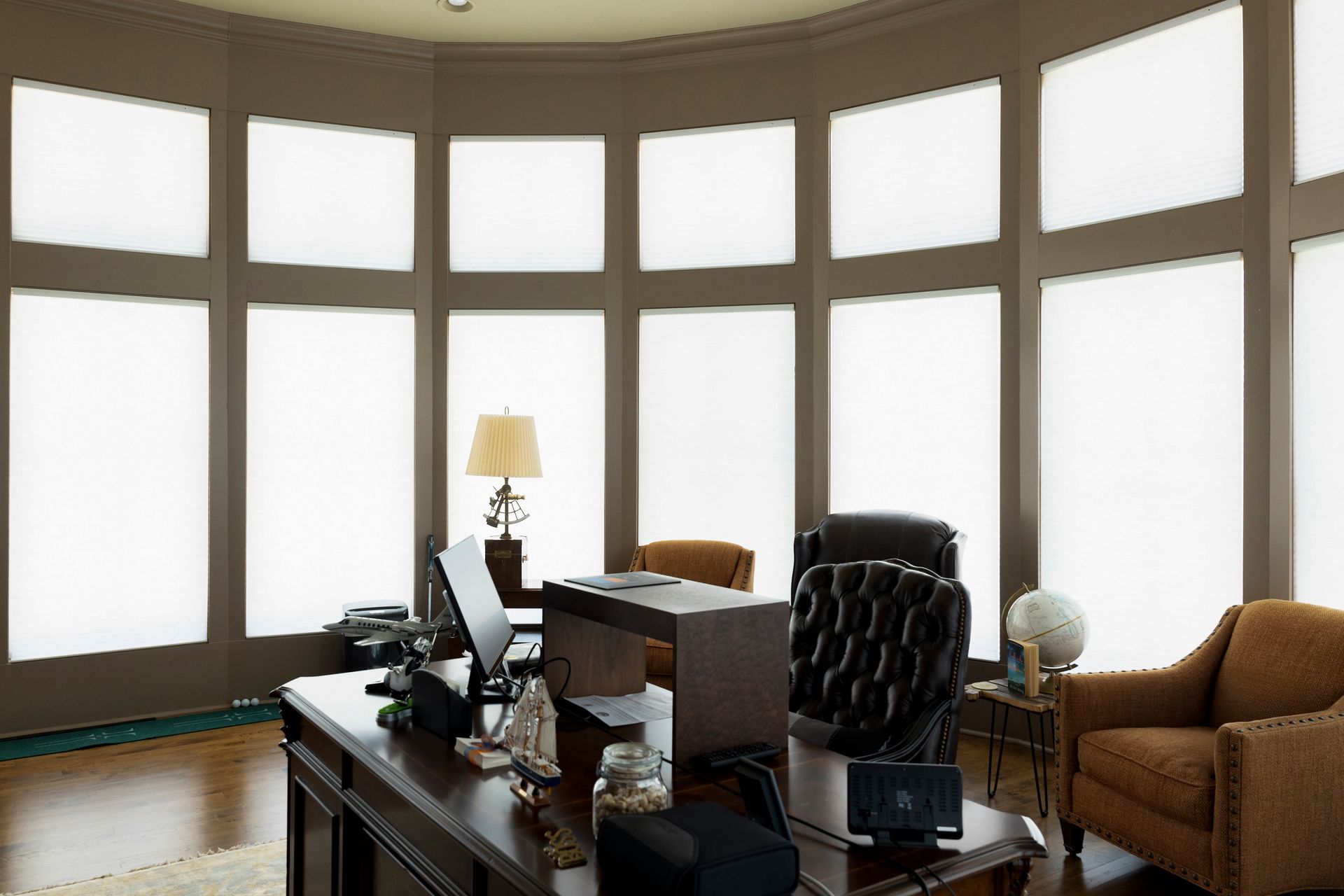
Decorating your home is fun and exciting. The way you choose to decorate not only showcases your personality, it can also affect your mood and the overall atmosphere of your home. Color plays an important role in your interior design, and choosing the right color for your walls, ceilings, and accents (like blinds) will make your home inviting and relaxing. You probably know exactly what your favorite colors are, but you’re not sure if those will be right for your home. You’re asking yourself “How do I know what colors to choose?” Color psychology can be very helpful when choosing the best colors for your interior design. Take a peek at these popular colors and how they affect your mood and the atmosphere of your home:
1. Red. Red is a vibrant, exciting color. Red is very intense and creates an energetic atmosphere. This warm color is great for rooms used for entertaining, such as the living and dining rooms. Red also makes a powerful first impression, so it is well-suited for areas such as entryways. Research shows that red can raise blood pressure and heart rates, so it should be avoided in bedrooms and areas where you would like to relax.
2. Yellow. If you are looking for a color that exudes happiness, yellow is for you. Yellow is bright, happy, and can help a small room appear more spacious. Yellow is best used in kitchens, bathrooms, entryways, and small spaces, where it creates a welcoming atmosphere. Although yellow is generally a happy color, it is not a good choice for large living areas–studies show that too much yellow can create frustration. This color has often been a popular choice for baby nurseries, however, recent research shows that the color yellow actually makes babies cry.
3. Blue. Need to de-stress? Blue is the color for you. Blue has a calming effect that creates a tranquil, relaxing atmosphere. This color has the opposite effect of red–blue is found to lower blood pressure and slow your heart rate, making it an excellent choice for bedrooms. Beware of using too much of an icy blue color, as it can make a room feel cold and unwelcoming. Pair these pastel blues with warm hues in other furnishings and accents. Bright, warmer blues (like turquoise and teal) in soft shades work well as main colors. Avoid very dark blues as they can create a depressing atmosphere.
4. Green. Green is a great color for any room. Combining the best elements of both blue and yellow (the happiness and warmth of yellow with the calming effect of blue), it creates a relaxing atmosphere that is also warm and inviting. A bright and cheery green is great in kitchens and bathrooms, while a deeper shade works well in living areas and bedrooms.
5. Purple. Another secondary color, purple combines elements of both red and blue. Purple has always been the color of royalty, so it creates a majestic atmosphere. This color exudes the warmth of red while remaining calming like blue. Light shades of purple are great for main colors, as they create a tranquil atmosphere without the drawback of feeling cold like the wrong blue. Richer shades of purple are fantastic for accents and furnishings, and they create a feeling of luxury.
6. Orange. Orange, much like red, is bright and enthusiastic. This color gets your blood pumping and creates an energetic atmosphere. For this reason, it’s not the best choice for a bedroom or a large living area–it works best in an exercise room or a kids’ play room.
7. Black/White/Gray. These neutral colors are important to every design scheme. Large doses of white can make a room feel very clean, crisp, and fresh, but it can also feel a bit cold and stark. Too much gray feels drab, while too much black is just, well, too much. The trick is to use neutral colors to highlight and draw attention to the rest of the colors in the room.
Understanding what effect color can have on your mood is very helpful when choosing a color scheme for your interior design. Your home should be a place where you feel comfortable and choosing the right color for each room can improve your mood considerably. The right colors will also help your guests feel warm and welcome. Please feel free to contact us to learn more about choosing colors for your home decor.
Expert Advice by Just Blinds


